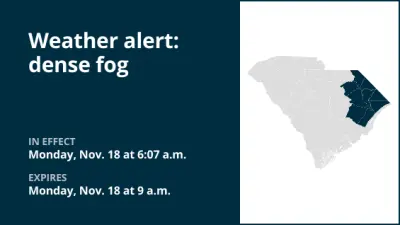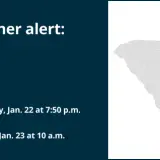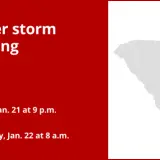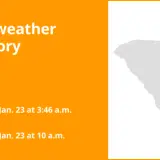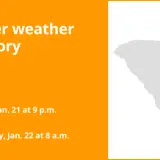A report from the National Weather Service was issued on Monday at 6:07 a.m. for dense fog until 9 a.m. for Dillon, Florence, Marion, Williamsburg, Georgetown and Horry counties.
“Areas of fog are ongoing across the Pee Dee region and Robeson County, NC. The fog may be locally dense, reducing visibilities on area roadways to as low as one-quarter to one-half mile at times. Motorists may encounter these pockets of dense fog with rapidly changing visibilities,” says the weather service.
The weather service comments, “If driving, slow down and leave extra distance ahead of you in case a sudden stop is needed.”
This alert is in effect until 9 a.m.
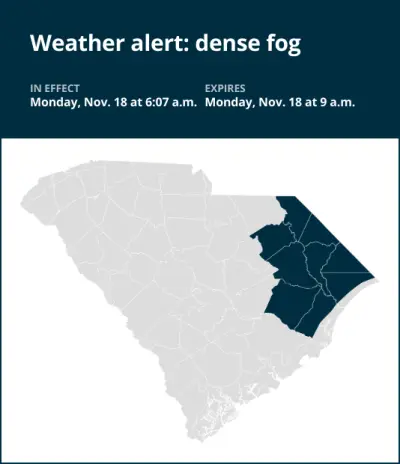
Navigating fog: Safety tips by the weather service
If you must drive in foggy conditions, keep the following safety tips in mind:
Moderate your speed:Slow down and allocate extra travel time to reach your destination safely.
Visibility matters:Ensure your vehicle is visible to others by using low-beam headlights, which also activate your taillights. If you have fog lights, use them.
Avoid high-beams:Refrain from using high-beam headlights, as they create glare that impairs your visibility on the road.
Maintain safe gaps:Keep a considerable following distance to account for sudden stops or shifts in traffic patterns.
Stay in your lane:To ensure you are staying in the correct lane, use the road’s lane markings as a guide.
Zero visibility protocol:In cases of near-zero visibility due to dense fog, activate your hazard lights and seek a safe spot, like a nearby business parking lot, to pull over and stop.
Limited parking options:If there is no parking lot or driveway to pull into, pull your vehicle off to the side of the road as far as possible. Once you come to a stop, turn off all lights except your hazard flashing lights, set the emergency brake, and take your foot off of the brake pedal to be sure the tail lights are not illuminated so that other drivers don’t mistakenly run into you.
By adhering to these weather service recommendations, you can navigate foggy conditions with greater safety, mitigating the risk of accidents and prioritizing your well-being.

